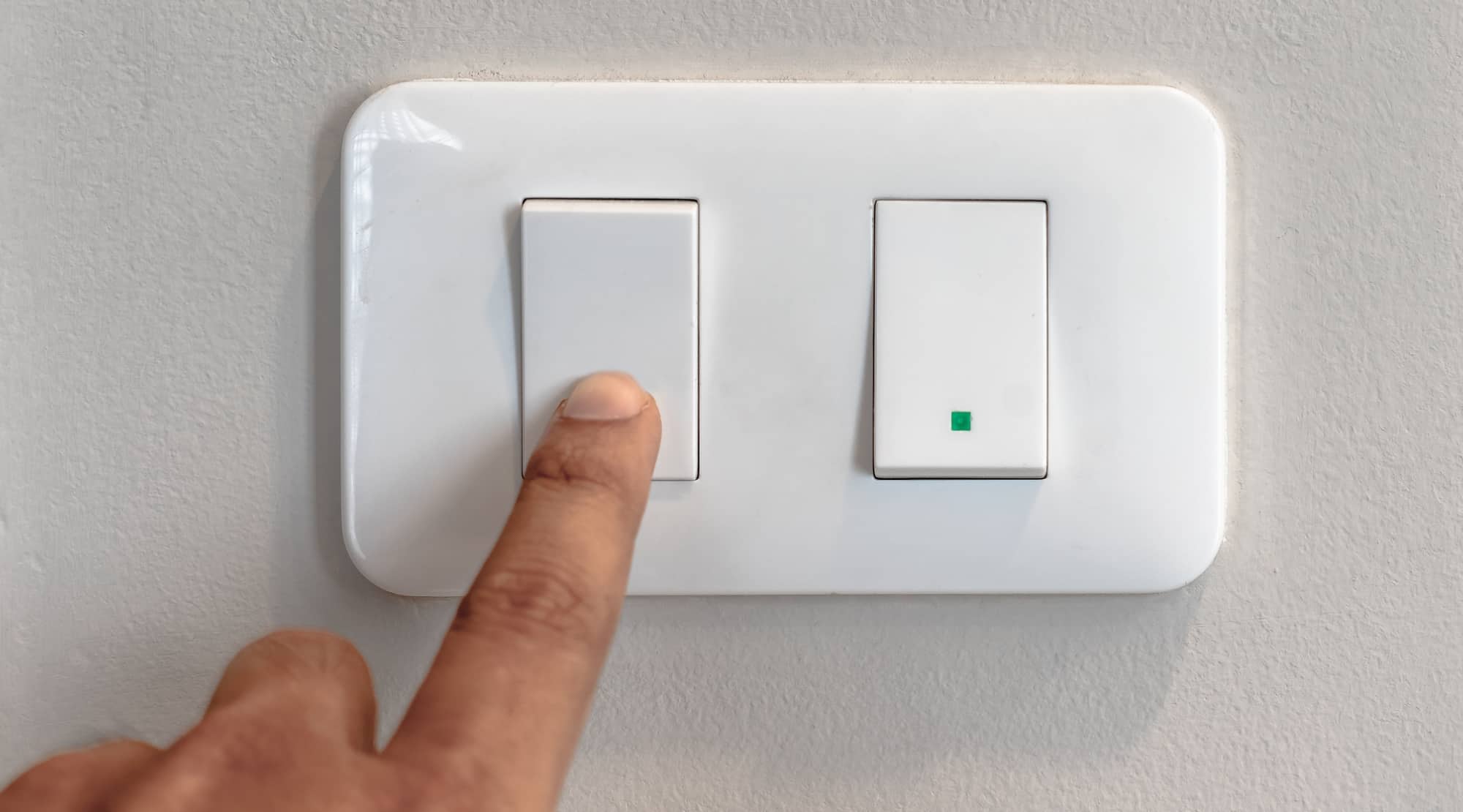

Articles
What Is A Dimmer Switch
Modified: September 2, 2024
Discover the benefits of using a dimmer switch to control the lighting in your home with our informative articles. Improve ambiance and energy efficiency today!
(Many of the links in this article redirect to a specific reviewed product. Your purchase of these products through affiliate links helps to generate commission for Storables.com, at no extra cost. Learn more)
Introduction
A dimmer switch is a popular electrical device used in homes and offices to control the brightness of lights. With a dimmer switch, you can adjust the intensity of the light output, creating a customized ambience and saving energy at the same time. Whether you want to set the mood for a romantic dinner, create a cozy atmosphere for movie night, or simply reduce glare, a dimmer switch offers a convenient and flexible solution.
But how does a dimmer switch work? What types of dimmer switches are available? And what are the benefits of using a dimmer switch? In this article, we will explore the different aspects of dimmer switches, from understanding their mechanism to choosing the right one for your needs. We’ll also provide installation tips and troubleshooting advice, as well as important safety considerations.
So, if you’re ready to shed some light on dimmer switches and discover their advantages, let’s dive in and explore this illuminating topic!
Key Takeaways:
- Dimmer switches offer customizable lighting, energy efficiency, and extended bulb lifespan. They provide the perfect ambiance for any occasion and enhance visual comfort, making them a versatile and convenient lighting solution.
- When choosing a dimmer switch, consider factors such as bulb compatibility, maximum wattage capacity, and additional features. Prioritize safety by following installation guidelines, using compatible bulbs, and seeking professional help when needed.
Read more: What Is A Smart Dimmer Switch
How Does a Dimmer Switch Work?
A dimmer switch works by adjusting the amount of electrical current flowing to a light fixture, which in turn controls the brightness of the light. Traditional light switches have a simple on/off functionality, while dimmer switches offer a continuous range of control, allowing you to set the desired light level.
Inside a dimmer switch, you will find a complex electronic circuit that regulates the flow of electricity. The most common type of dimmer switch, known as a leading-edge dimmer, uses a technique called phase control to adjust the voltage waveform provided to the light fixture.
When the dimmer switch is in the “on” position, the electrical current flows to the light fixture uninterrupted, providing full brightness. As you turn the dimmer switch’s knob or push button, the device gradually reduces the amount of current flowing to the fixture, thereby dimming the light. This is achieved by cutting off a portion of the electrical waveform, known as the leading edge, during each cycle.
Modern dimmer switches are typically equipped with microprocessors that monitor the user input and adjust the dimming level accordingly. Some advanced dimmers also come with features such as preset lighting scenes and remote control capabilities.
It’s important to note that not all light bulbs are compatible with dimmer switches. Incandescent bulbs, halogen bulbs, and certain types of LED bulbs are usually dimmable, while fluorescent bulbs and most energy-efficient bulbs are not. Always check the packaging or consult the manufacturer’s instructions to ensure compatibility before using a dimmer switch with specific bulbs.
Now that you have a basic understanding of how a dimmer switch works, let’s move on to exploring the different types of dimmer switches available.
Types of Dimmer Switches
Dimmer switches come in various types, each with its own set of features and compatibility. Understanding the different types will help you choose the right dimmer switch for your specific lighting needs.
- Incandescent Dimmer: This type of dimmer switch is designed specifically for use with incandescent bulbs. It reduces the amount of power delivered to the bulb, resulting in a dimmer light output. Incandescent dimmers are the most common and affordable type available.
- Halogen Dimmer: Halogen dimmers are similar to incandescent dimmers but are specifically designed for use with halogen bulbs. They work by reducing the voltage supplied to the bulb to achieve dimming.
- LED Dimmer: LED dimmer switches are specifically designed for use with LED light bulbs. LED technology requires a different approach to dimming compared to incandescent bulbs. LED dimmers use pulse-width modulation (PWM) or a similar technique to adjust the light output smoothly and without flickering.
- Universal Dimmer: Universal dimmers, as the name suggests, are versatile and compatible with different types of bulbs, including incandescent, halogen, and some LED bulbs. They offer flexibility in terms of bulb compatibility, making them a popular choice for households with different types of lighting fixtures.
- Smart Dimmer: Smart dimmer switches have the ability to connect to your home’s Wi-Fi network, allowing you to control the lights remotely using a smartphone app or voice commands. With smart dimmers, you can set schedules, create lighting scenes, and even integrate with smart home systems like Amazon Alexa or Google Home.
- Touch Dimmer: Touch dimmers feature a sleek, touch-sensitive surface that allows you to control the light output by simply touching the switch. They often offer a modern and minimalist design, and some models even come with customizable touch settings.
When choosing a dimmer switch, consider the type of bulbs you have and the specific features you desire. Additionally, keep in mind the maximum wattage capacity of the dimmer switch to ensure it can handle the total wattage of the bulbs you plan to control.
Now that we’ve explored the different types of dimmer switches available, let’s move on to discussing the benefits of using a dimmer switch in your home or office.
Benefits of Using Dimmer Switches
Installing dimmer switches in your home or office can offer several advantages, both in terms of lighting aesthetics and energy efficiency. Let’s explore some of the key benefits of using dimmer switches:
- Customizable Lighting: One of the main benefits of dimmer switches is the ability to customize the lighting to suit your needs. Whether you want bright task lighting for working or studying, a softer ambient light for relaxation, or a dim romantic glow for a special occasion, dimmers allow you to easily adjust the brightness to create the desired ambiance.
- Energy Efficiency: Dimming the lights not only creates a pleasant atmosphere, but it also helps save energy. By reducing the light output, you consume less electricity, resulting in lower energy bills. Dimmers can contribute significantly to energy conservation, especially if used consistently throughout your home or office.
- Extended Bulb Lifespan: Dimmers can help extend the lifespan of your light bulbs. When you dim the lights, you reduce the stress on the bulb filament or other components, reducing heat output and wear and tear. This can result in longer-lasting bulbs and fewer replacements, saving you money in the long run.
- Mood Enhancement: The ability to control the lighting levels can have a positive impact on your mood and well-being. Studies have shown that adjusting lighting to match your activities or preferences can improve relaxation, concentration, and overall comfort. Dimmers offer a simple yet effective way to create the right atmosphere in any space.
- Improved Visual Comfort: Harsh or overly bright lighting can cause discomfort, eye strain, and headaches. Dimmer switches allow you to reduce the intensity of the light, providing a more comfortable and visually pleasing experience. You can easily find the right balance of lighting that suits your specific needs and enhances your visual comfort.
- Enhanced Interior Design: Dimmer switches can enhance the look and feel of your interior spaces. By adjusting the lighting levels, you can highlight specific areas, artwork, or architectural features, creating depth and visual interest. Dimmers also offer subtle lighting transitions, which can make your home or office feel more inviting and luxurious.
With these benefits in mind, it’s clear that installing dimmer switches can be a smart investment for both residential and commercial spaces. However, it’s important to consider a few factors before choosing the right dimmer switch for your specific needs. Let’s discuss these considerations in the next section.
Factors to Consider when Choosing a Dimmer Switch
When selecting a dimmer switch for your lighting needs, it’s important to consider various factors to ensure compatibility, functionality, and ease of use. Here are some key factors to keep in mind:
- Bulb Compatibility: Different types of dimmer switches are designed to work with specific types of bulbs. Make sure to check the compatibility label on the switch or consult the manufacturer’s instructions to ensure it is compatible with the bulbs you plan to use. Incandescent, halogen, and specific LED dimmers are available, so choose accordingly.
- Maximum Wattage Capacity: Each dimmer switch has a maximum wattage capacity, representing the total combined wattage of the bulbs it can handle. Ensure that the switch’s capacity matches or exceeds the total wattage of the bulbs you intend to connect. Exceeding the maximum wattage can lead to overheating and damage to the switch.
- Single-pole or Three-way: Determine whether you need a single-pole or three-way dimmer switch. A single-pole switch is used for controlling a light from a single location, while a three-way switch allows for control from multiple locations. Make sure you understand your wiring setup to choose the appropriate switch type.
- Dimming Range: Consider the desired dimming range for your lights. Some dimmer switches have a broader dimming range than others, allowing for a wider range of brightness options. If you prefer more precise control over the light output, look for switches with a high number of dimming steps or a smooth and gradual dimming curve.
- Style and Design: Dimmer switches come in a variety of styles and finishes to match your interior decor. Whether you prefer a traditional toggle switch, a sleek touch-sensitive panel, or a smart switch with Wi-Fi connectivity, choose a style that complements your aesthetics and meets your functional requirements.
- Additional Features: Consider any additional features you may want, such as preset lighting scenes, remote control capabilities, or compatibility with smart home systems. These features can provide added convenience and customization options.
- Quality and Brand Reputation: Choose dimmer switches from reputable brands known for their quality and reliability. Check customer reviews and ratings to ensure that the switch you select is well-regarded and durable.
By considering these factors, you can ensure that you choose the right dimmer switch that meets your specific requirements and provides optimal performance for your lighting needs.
Once you have chosen the perfect dimmer switch, you may be wondering how to install it properly. In the next section, we will provide some guidelines for installing a dimmer switch.
When installing a dimmer switch, make sure to check the compatibility with the type of light bulbs you have. Not all dimmer switches work with all types of bulbs, so it’s important to double-check before making a purchase.
Read more: What Is An ELV Dimmer Switch
Installing a Dimmer Switch
Installing a dimmer switch is a fairly straightforward process, but it’s important to take proper safety precautions and follow the necessary steps. Here’s a general guide on how to install a dimmer switch:
- Turn off the Power: Before starting any electrical work, ensure that the power to the circuit is turned off. Locate the circuit breaker that controls the power to the light fixture and switch it off. Test the light switch to confirm that the power is indeed off.
- Remove the Old Switch: Unscrew the switch cover plate and the screws holding the old switch in place. Carefully pull the switch out from the electrical box, disconnecting the wires attached to it. Take note of how the wires are connected, as you will need to reconnect them to the new dimmer switch.
- Prepare the Dimmer Switch: Read the manufacturer’s instructions to familiarize yourself with the specific wiring requirements of the dimmer switch. Most dimmer switches have labeled terminals for hot, neutral, and ground wires. Strip the insulation from the wire ends if necessary.
- Connect the Wires: Attach the hot wire from the electrical box to the hot wire terminal on the dimmer switch. Connect the neutral wires together and secure them with a wire nut. If your dimmer switch requires a ground wire, connect it to the grounding wire in the electrical box.
- Secure the Dimmer Switch: Gently push the connected wires into the electrical box and carefully fold the wires to fit inside the box. Attach the dimmer switch to the electrical box using the provided screws, ensuring that it is secure but not over-tightened.
- Attach the Switch Cover: Place the switch cover plate over the dimmer switch and align the screw holes. Fasten the cover plate to the electrical box using the included screws.
- Turn on the Power: Once the dimmer switch is securely installed, go back to the circuit breaker panel and switch the power back on. Test the dimmer switch by turning it on and adjusting the light output to your desired level.
It’s important to note that these are general installation guidelines, and the specific steps may vary depending on the dimmer switch model and your electrical setup. Always consult the manufacturer’s instructions and, if needed, consider hiring a licensed electrician for complex installations or if you’re unsure about the process.
Now that your dimmer switch is installed, you can enjoy the benefits of customized lighting! However, occasionally, you may run into some issues or encounter common problems with dimmer switches. In the next section, we will discuss troubleshooting tips for such situations.
Troubleshooting Common Issues with Dimmer Switches
While dimmer switches are generally reliable and easy to use, you may encounter some common issues that can affect their performance. Here are some troubleshooting tips to help you address these problems:
- Flickering Lights: If the lights connected to your dimmer switch flicker, it could be due to a few reasons. Ensure that you are using compatible bulbs, as some types may not work well with dimmers. Check the dimmer switch’s wattage capacity, as exceeding it can cause flickering. Loose connections or wiring issues can also contribute to flickering, so ensure that all wires are securely connected.
- Buzzing or humming noise: Dimmer switches can sometimes produce a buzzing or humming noise, especially when used with certain types of bulbs. This is often caused by improper bulb compatibility or the dimmer switch not being designed for use with low-voltage transformers. Consider using compatible bulbs or installing a dimmer switch that is specifically designed to handle the type of lights you have.
- Noisy Switch Operation: If your dimmer switch emits a clicking sound or feels loose when operating, it may be due to loose wiring or a faulty switch. Check the connections to ensure they are secure. If the issue persists, consider replacing the switch with a new one to eliminate any internal defects.
- Inconsistent Dimming: If your dimmer switch doesn’t provide smooth and consistent dimming, it could be due to incompatible bulbs or improper installation. Ensure that you are using dimmable bulbs and that they are properly installed. If the problem persists, try adjusting the minimum load settings or consider upgrading to a more advanced dimmer switch with better dimming performance.
- Overheating: Dimmer switches should not become excessively hot during normal operation. If you notice the switch getting too hot to touch, it could be a sign of an overloaded circuit or incorrect wiring. Verify that the total wattage of the connected bulbs does not exceed the dimmer switch’s maximum capacity. If the issue persists, consult an electrician to ensure the wiring and circuit are properly installed.
- Non-responsive Switch: If your dimmer switch stops responding, the first step is to check the circuit breaker and ensure that power is still being supplied. If the power is on and the switch is unresponsive, it may be a sign of a faulty switch or wiring issue. Consider replacing the switch or consulting an electrician for assistance.
If you are not comfortable troubleshooting or resolving issues with your dimmer switch, it is always recommended to seek the assistance of a qualified electrician to ensure proper and safe resolution of any problems.
Now that you have some troubleshooting tips to address common issues, it’s crucial to keep in mind some important safety considerations when using dimmer switches. We will discuss these in the next section.
Safety Tips for Using Dimmer Switches
Using dimmer switches can enhance the lighting experience and provide numerous benefits. However, it’s important to prioritize safety when working with electrical devices. Here are some key safety tips to keep in mind when using dimmer switches:
- Turn off the power: Before installing or replacing a dimmer switch, always turn off the power at the circuit breaker panel to ensure you are working on a de-energized circuit. This step is crucial to prevent electric shocks or damage to the switch.
- Follow the manufacturer’s instructions: Carefully read and follow the manufacturer’s instructions for installation, wiring, and usage of the dimmer switch. Every dimmer switch model may have specific requirements or recommendations that should be followed to ensure proper and safe operation.
- Choose the right bulb: Use bulbs that are compatible with your dimmer switch. Not all bulbs can be dimmed, and using non-dimmable bulbs can cause flickering, humming noises, or even damage to the switch. Check the packaging or labels on the bulbs to ensure they are specifically designed for dimming.
- Check the wattage capacity: Ensure that the total wattage of the bulbs connected to the dimmer switch does not exceed its maximum wattage capacity. Overloading the switch can lead to overheating, malfunctioning, or even electrical hazards. Refer to the manufacturer’s instructions for guidance on the appropriate wattage limits.
- Inspect and maintain regularly: Regularly inspect the dimmer switch and its wiring for any signs of damage or wear. Loose connections, exposed wires, or other issues should be addressed promptly to prevent electrical hazards. Clean the switch periodically to remove dust and debris that can affect its performance.
- Avoid overloading the circuit: Be mindful of the overall electrical load on the circuit where the dimmer switch is installed. If there are multiple lighting fixtures on the same circuit, consider distributing their loads evenly to prevent overloading and potential overheating.
- Monitor heat dissipation: Dimmer switches can generate heat when dimming the lights. Be cautious of the switch’s temperature and ensure that it remains within normal limits. If you notice excessive heat or any burning smells, turn off the power and have the switch inspected by a qualified electrician.
- Don’t use incompatible bulbs: Using bulbs that are not compatible with your dimmer switch can lead to various issues, including flickering, buzzing, or even damage to the switch. Refer to the manufacturer’s instructions or consult an expert to determine the appropriate bulb types for your dimmer switch.
- Seek professional help if needed: If you are unsure about any aspect of installing or troubleshooting dimmer switches, it’s always better to seek the assistance of a licensed electrician. They have the knowledge and expertise to handle electrical work safely and ensure compliance with local electrical codes.
By following these safety tips, you can enjoy the benefits of dimmer switches while minimizing the risks associated with electrical devices.
As we conclude this article, we hope that the information provided has been useful in understanding dimmer switches and their various aspects. Dimmer switches offer a versatile and energy-efficient way to control the lighting in your space, enhancing both functionality and ambiance. Remember to prioritize safety and consult professionals whenever needed for a smooth and secure experience with dimmer switches.
Conclusion
Dimmer switches provide an excellent way to control the brightness of your lights, allowing for customizable lighting levels to suit your mood and needs. By adjusting the light intensity, you can create a comfortable and inviting atmosphere in any space while also saving energy and extending bulb lifespan.
In this article, we explored how dimmer switches work, the different types available, and the benefits they offer. We discussed important factors to consider when choosing a dimmer switch, such as bulb compatibility, maximum wattage capacity, and additional features. We also provided guidelines for installing a dimmer switch and troubleshooting common issues that may arise.
It’s crucial to remember the safety tips when dealing with electrical devices like dimmer switches. Turning off the power, following manufacturer instructions, and choosing compatible bulbs are essential for a safe and effective operation. Regular maintenance and attention to heat dissipation can also contribute to the overall safety and performance of dimmer switches.
In conclusion, dimmer switches are an excellent addition to any home or office, allowing you to create the perfect lighting ambiance while maximizing energy efficiency. Whether you’re looking to set the mood for a romantic dinner, enhance your visual comfort, or simply reduce glare, dimmer switches provide a versatile and convenient solution.
By considering the information and tips provided in this article, you can confidently choose and install the right dimmer switch for your specific needs. Remember, if you have any doubts or concerns, it’s always best to consult a qualified electrician to ensure proper installation and use of dimmer switches.
Enjoy the benefits of customized lighting and create the perfect ambiance with dimmer switches. Illuminate your space the way you want it, and embrace the versatility and energy efficiency they offer. Let your lights shine brighter with the power of dimmer switches!
Frequently Asked Questions about What Is A Dimmer Switch
Was this page helpful?
At Storables.com, we guarantee accurate and reliable information. Our content, validated by Expert Board Contributors, is crafted following stringent Editorial Policies. We're committed to providing you with well-researched, expert-backed insights for all your informational needs.
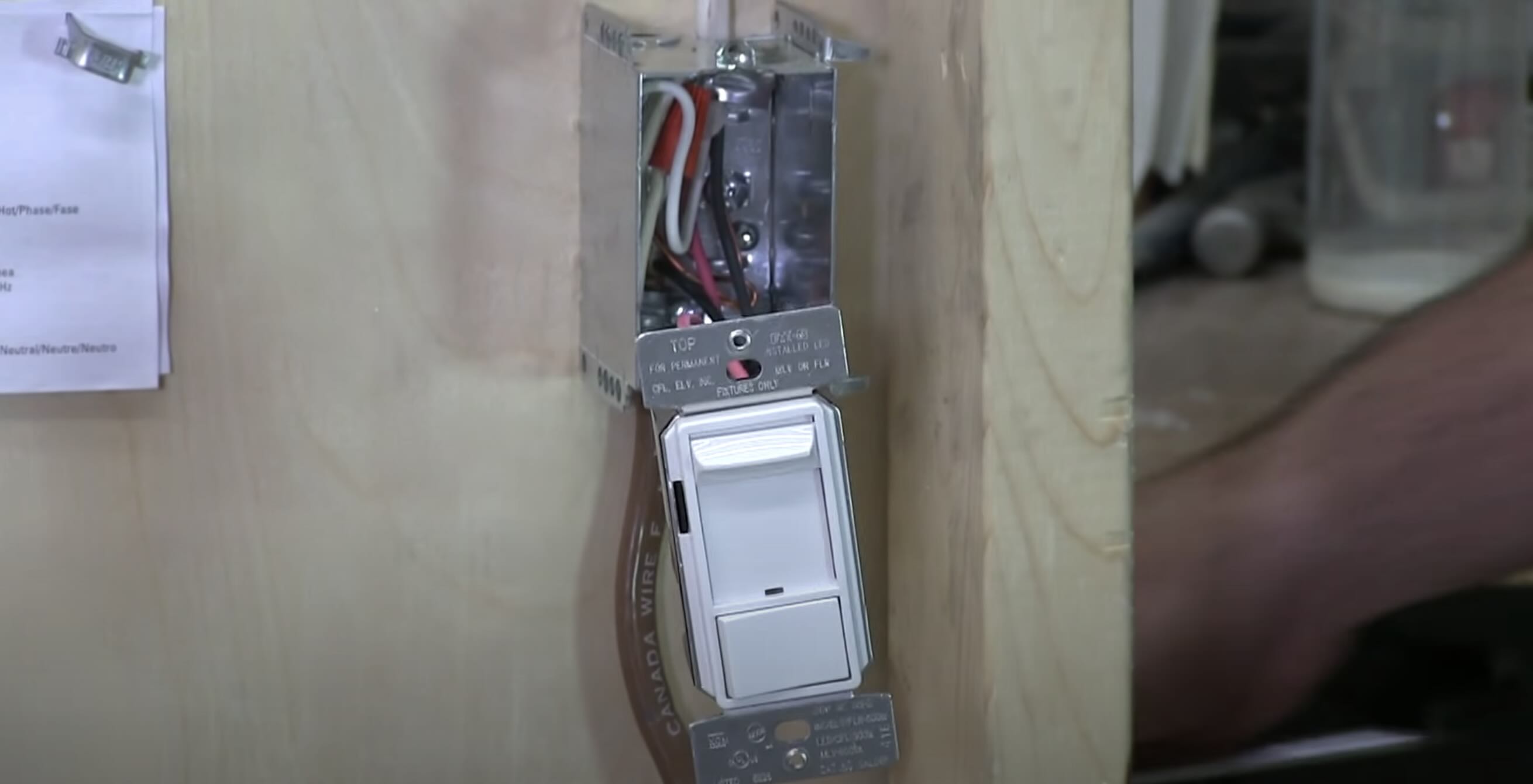
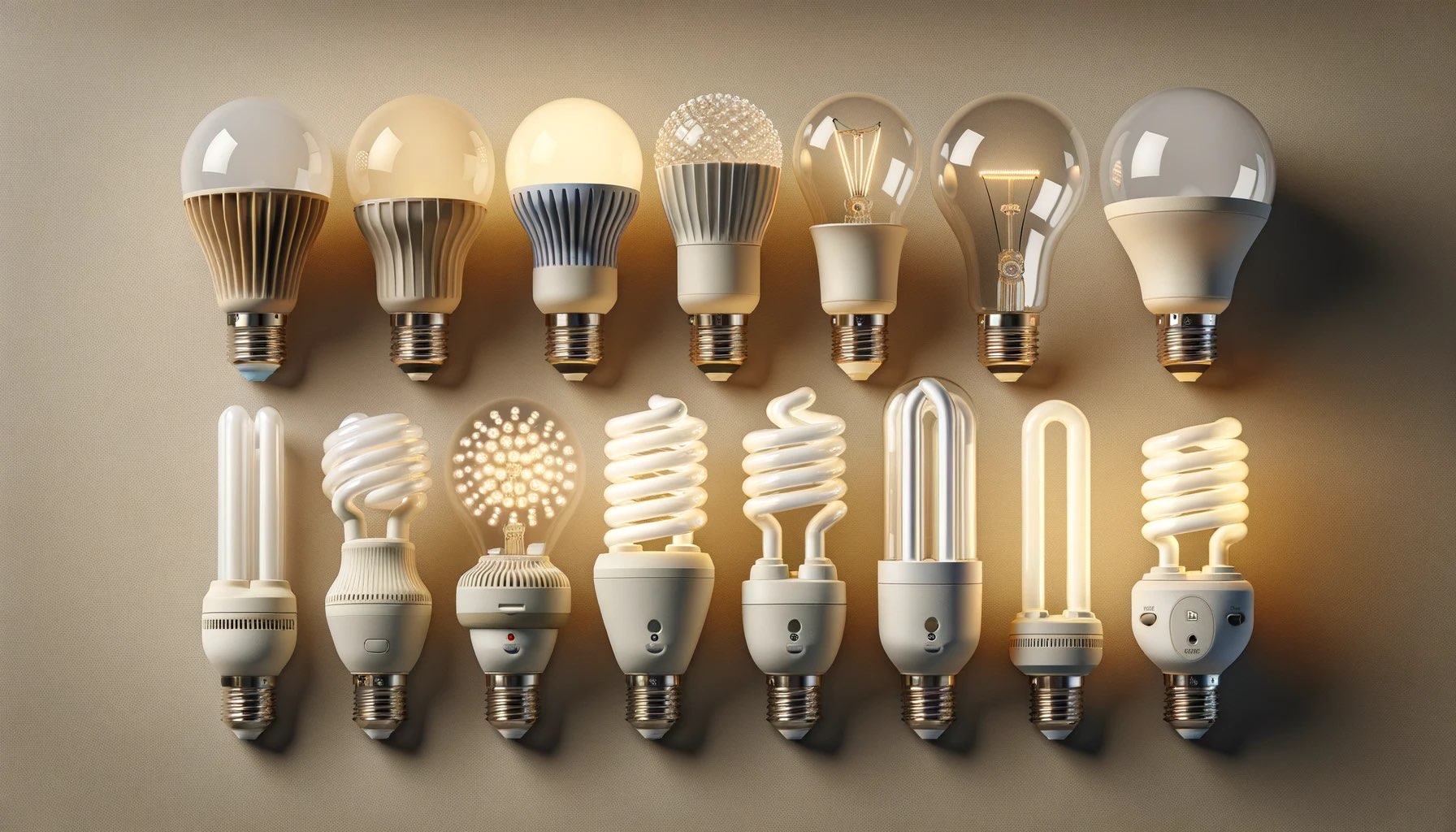
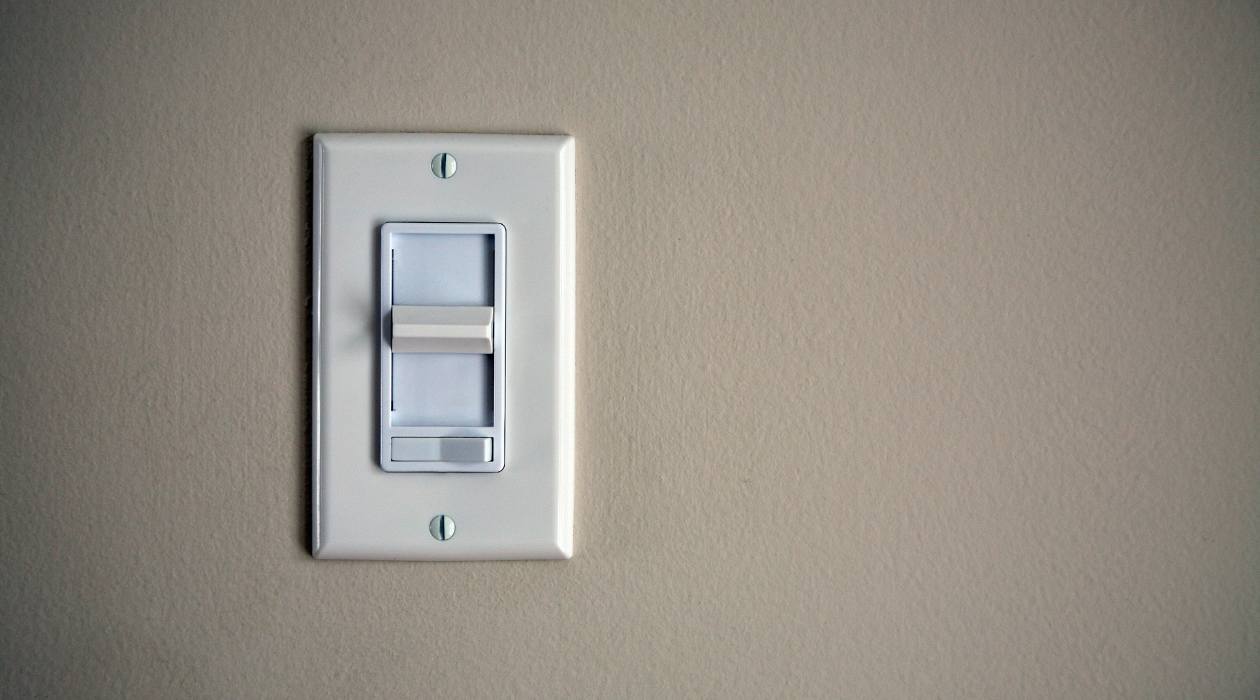
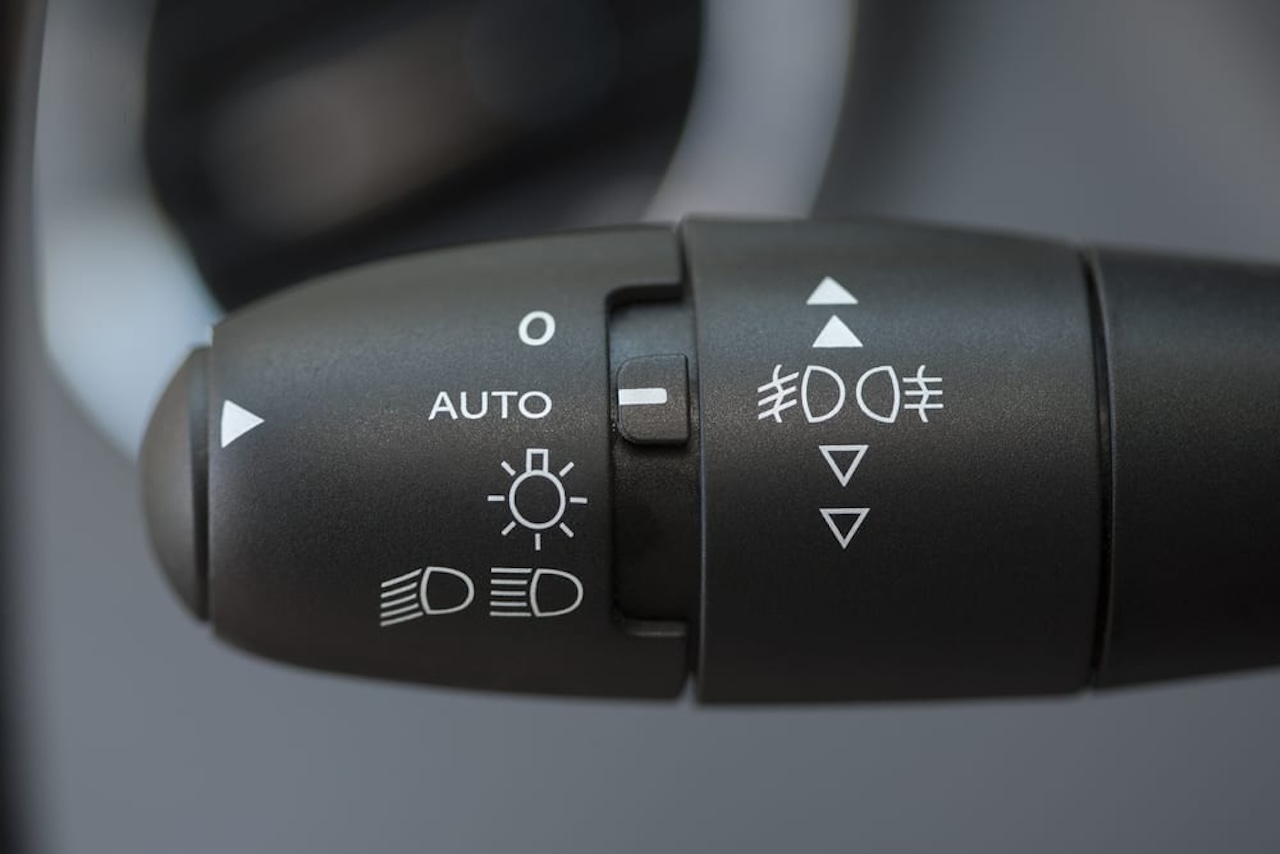
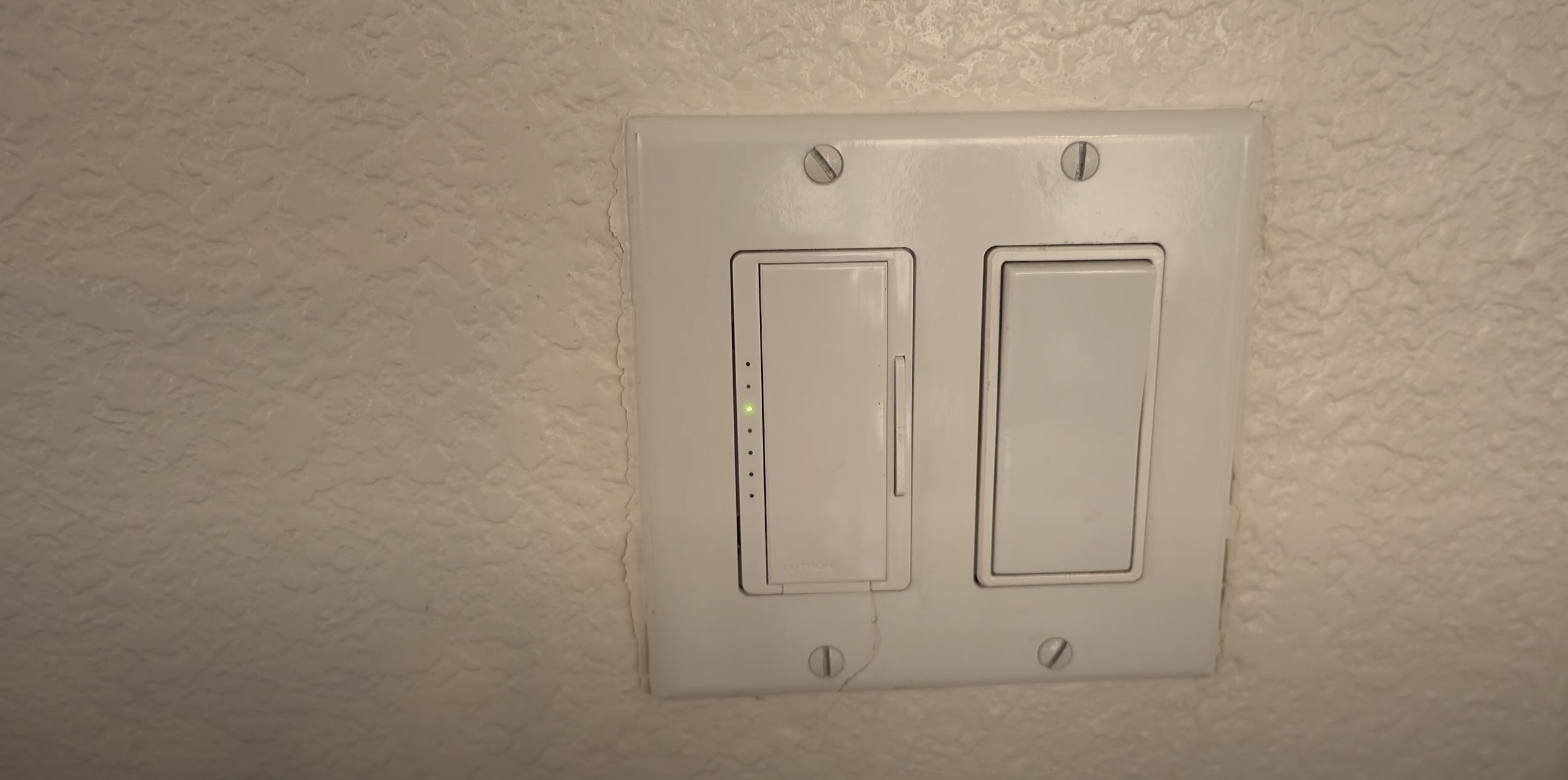
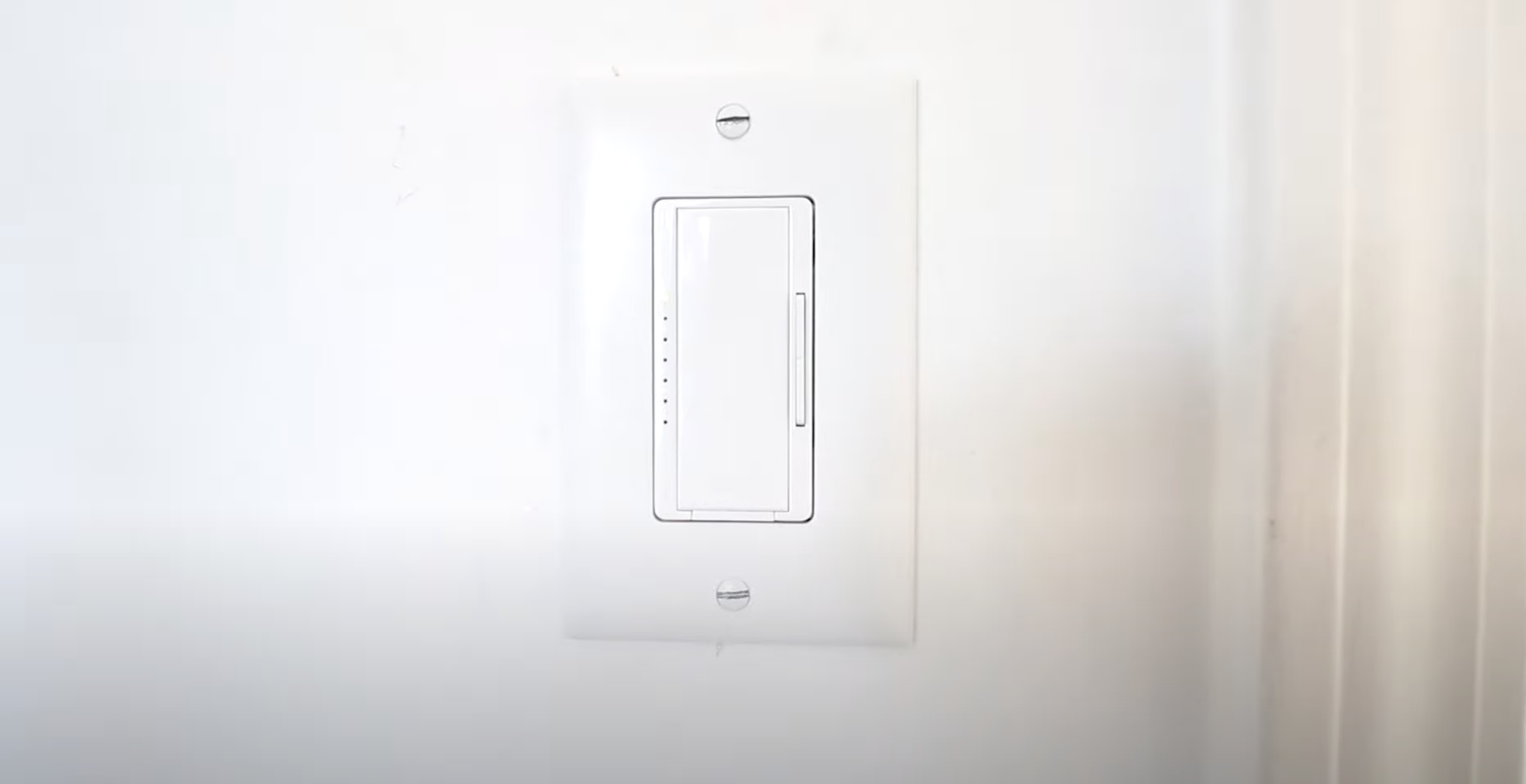
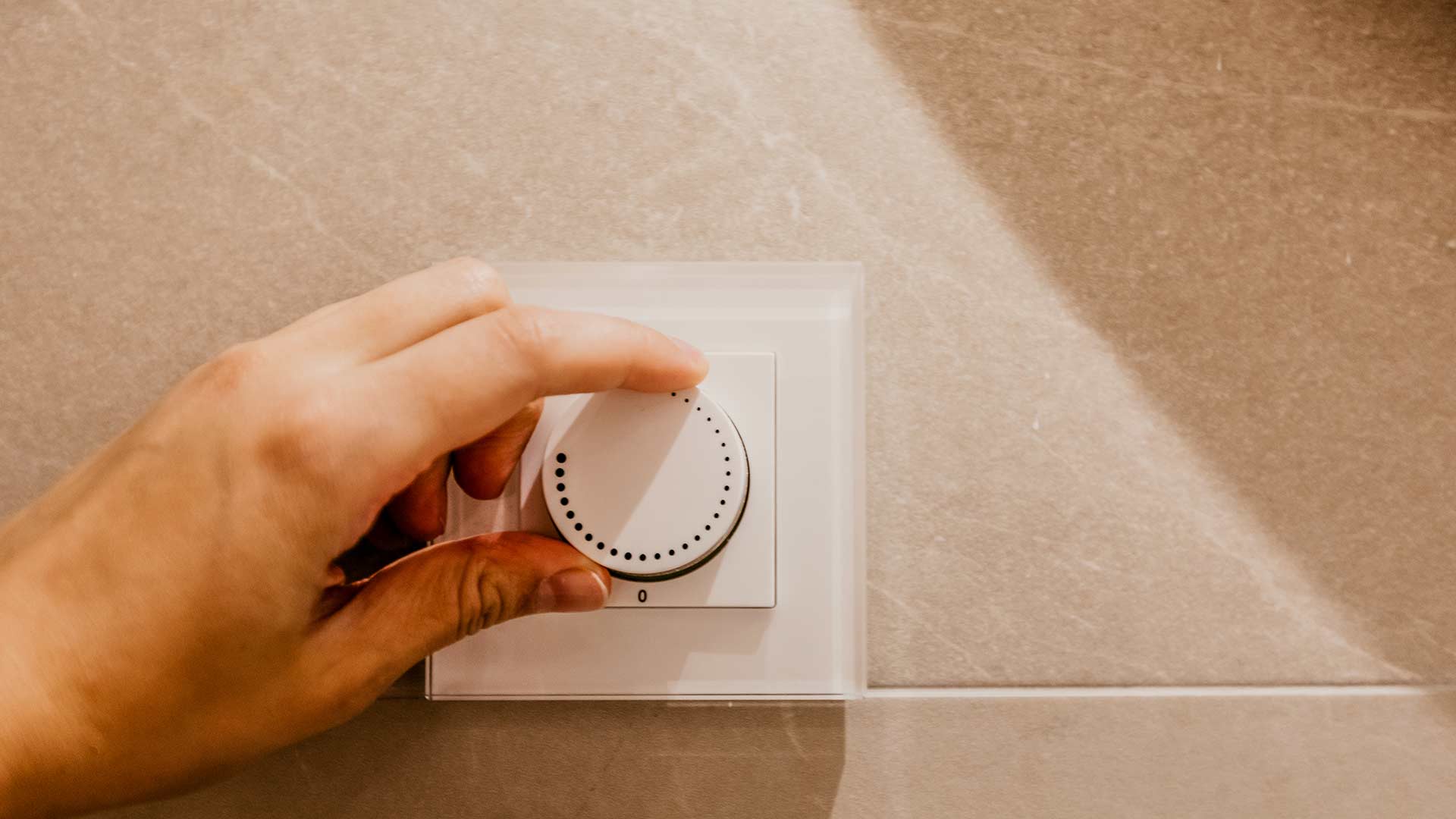
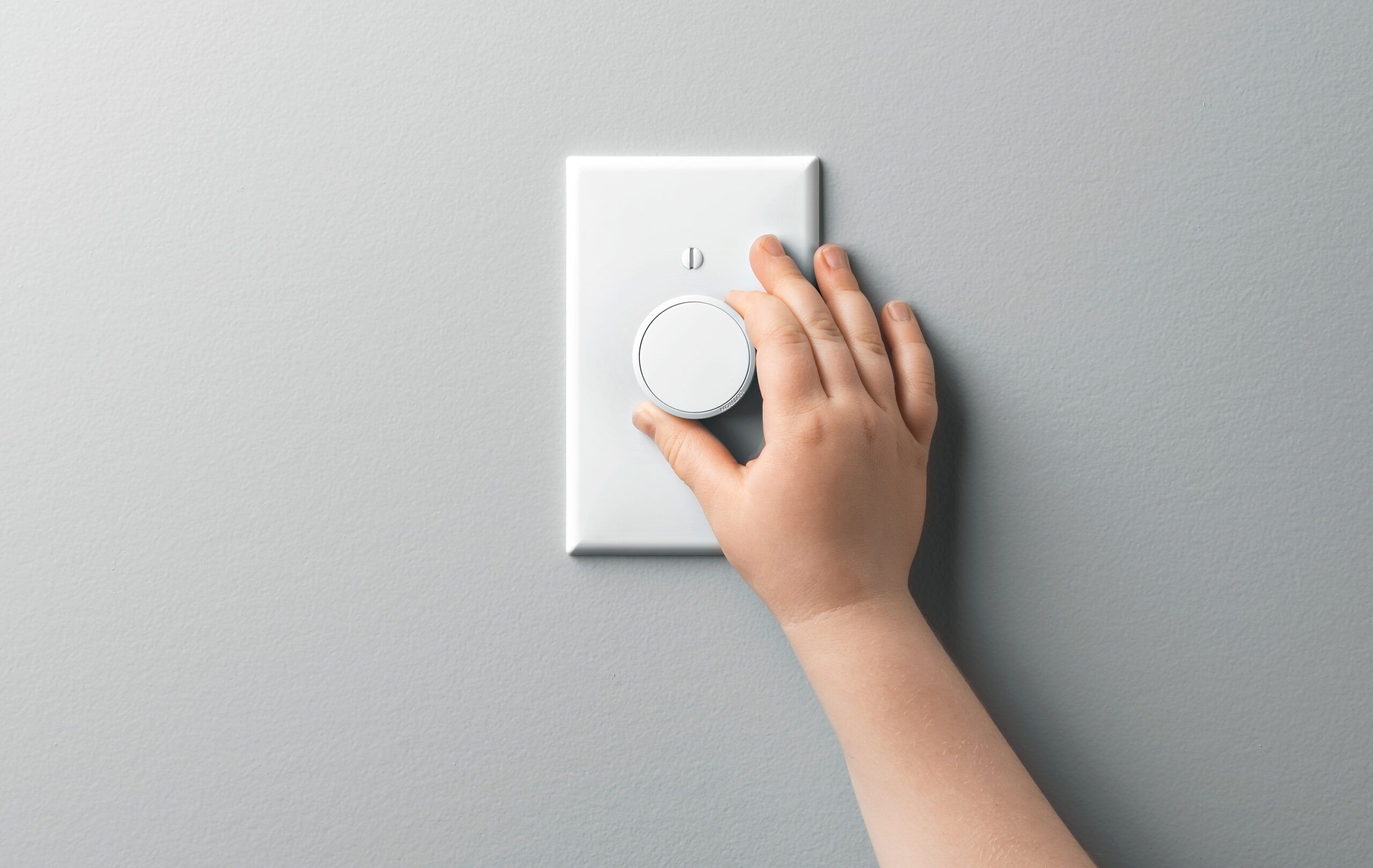
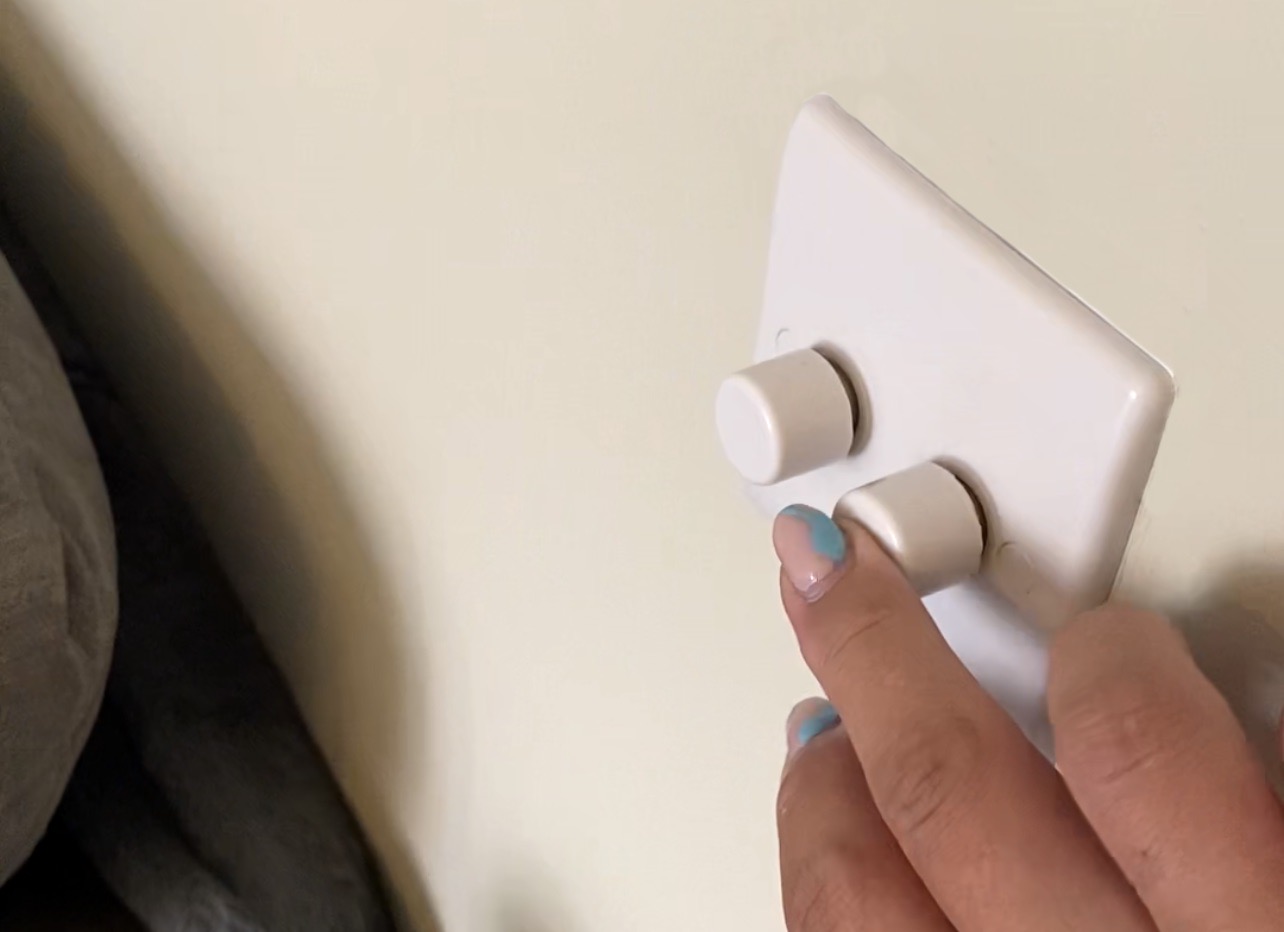
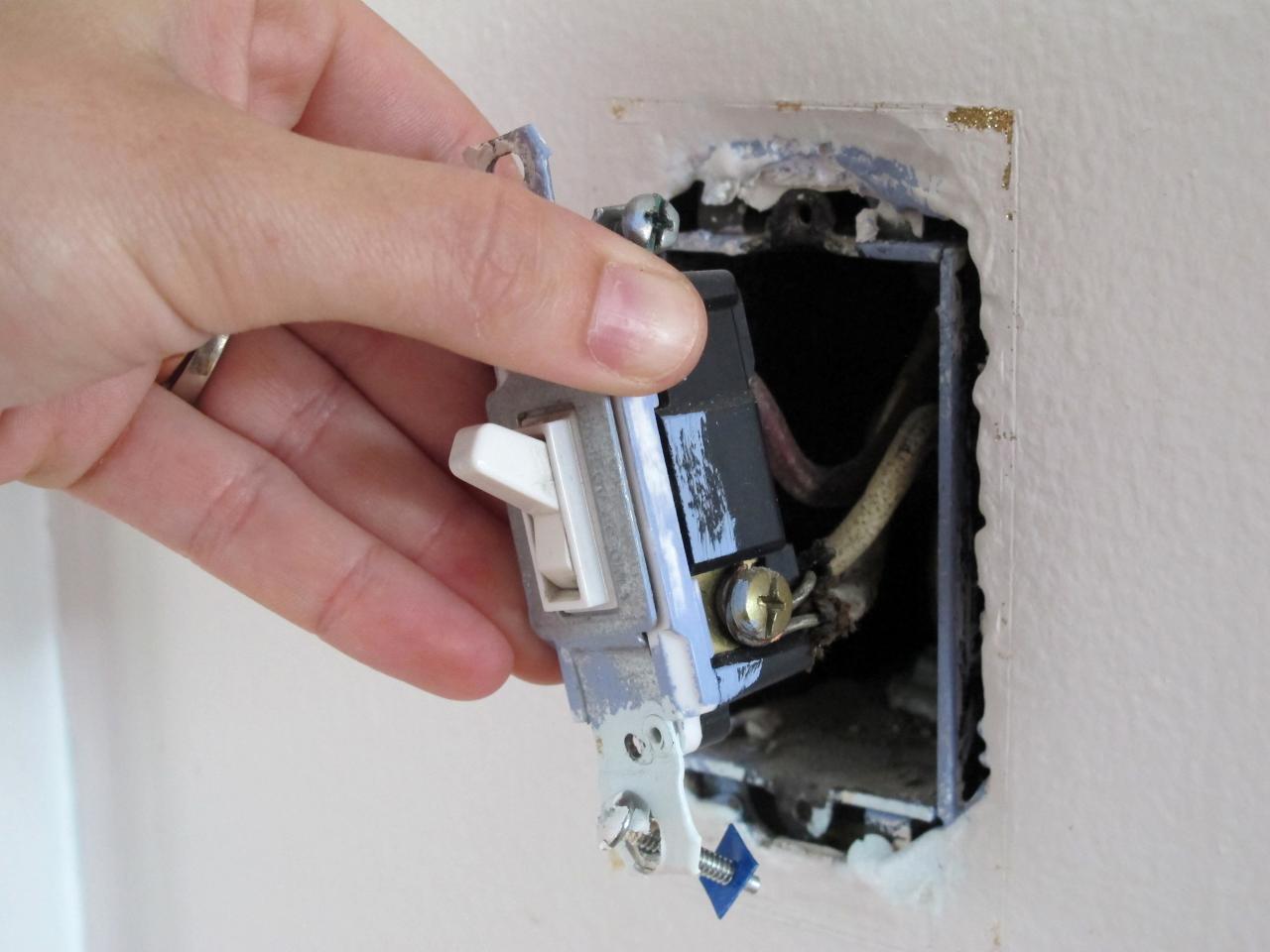
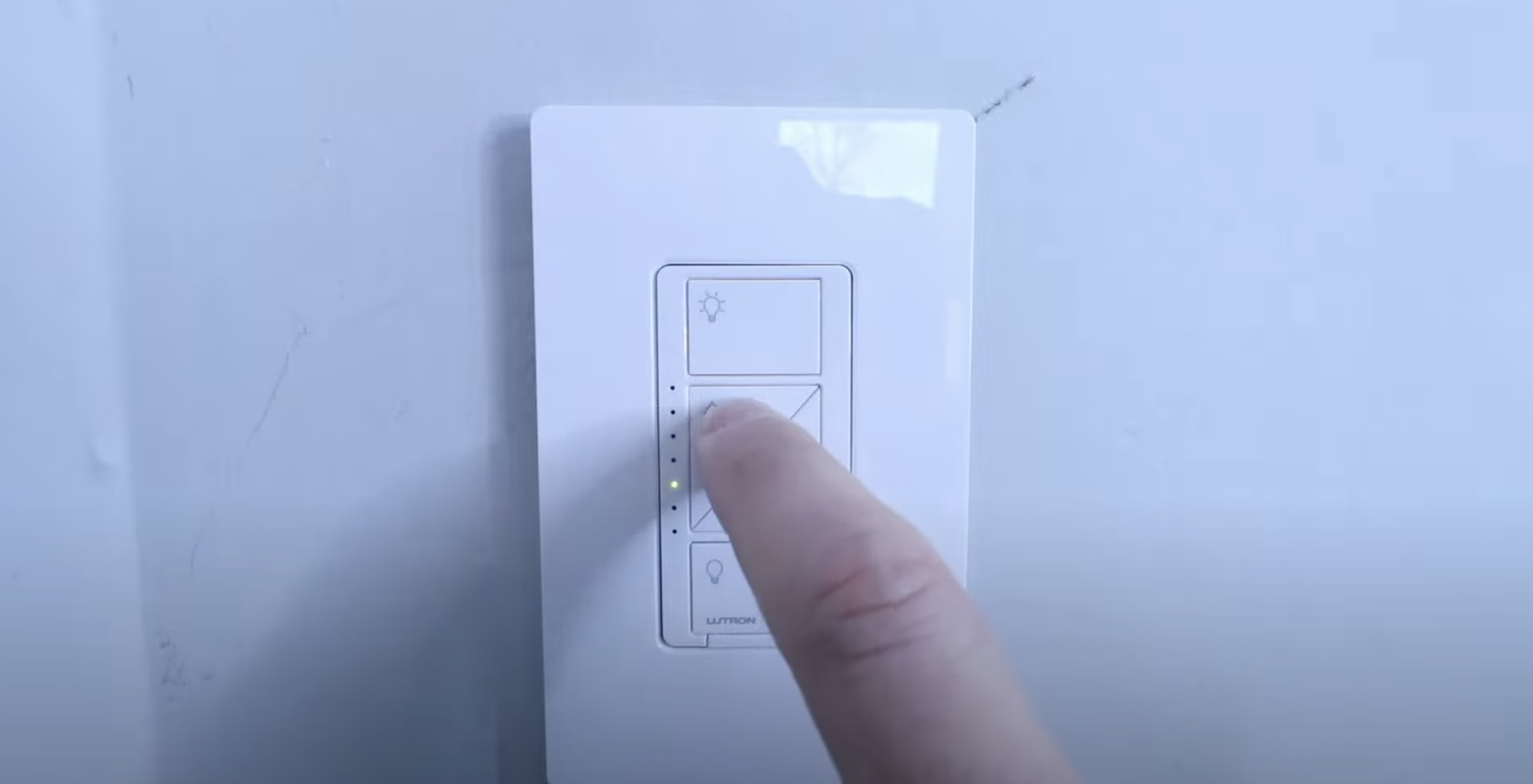
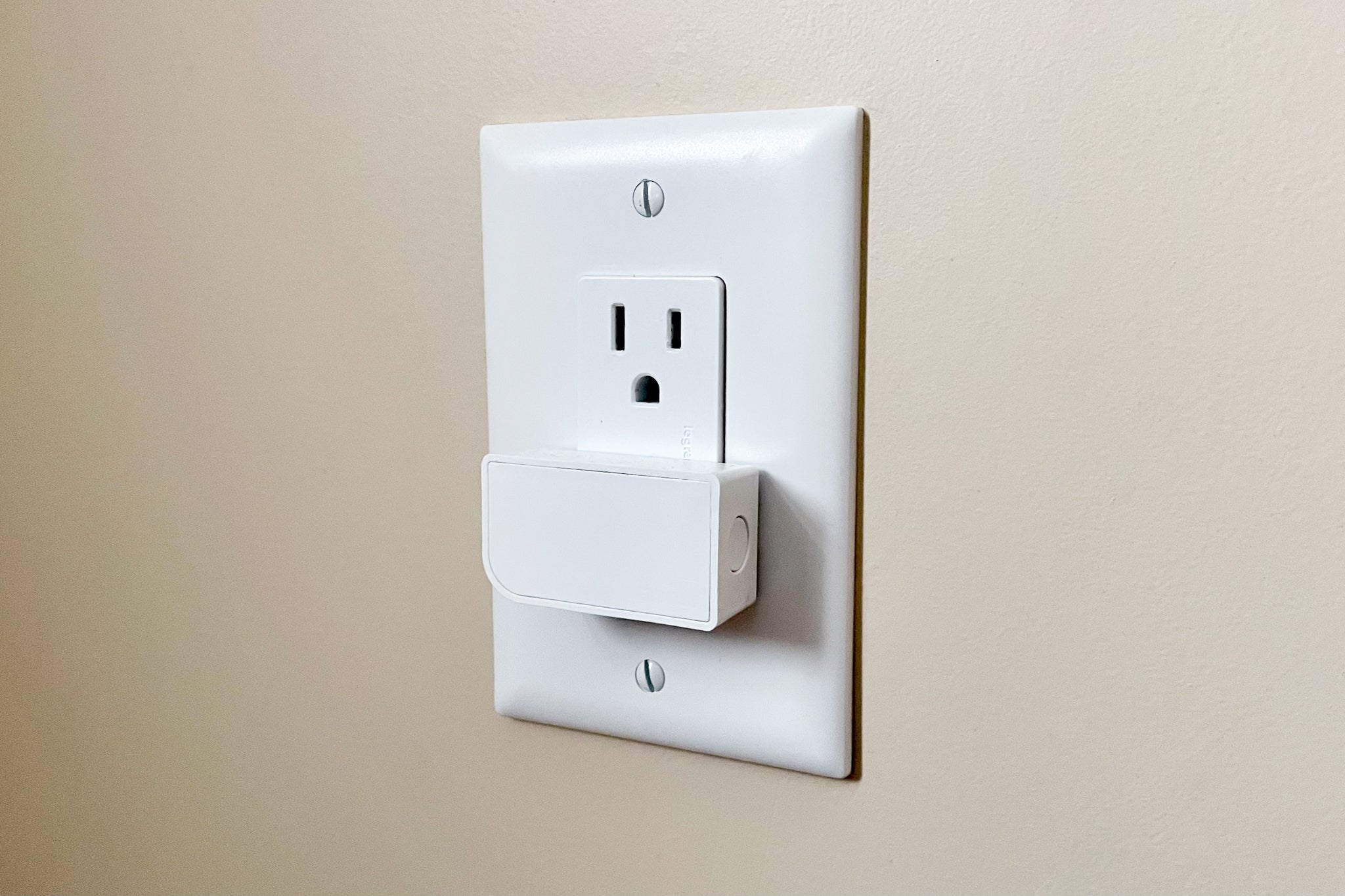
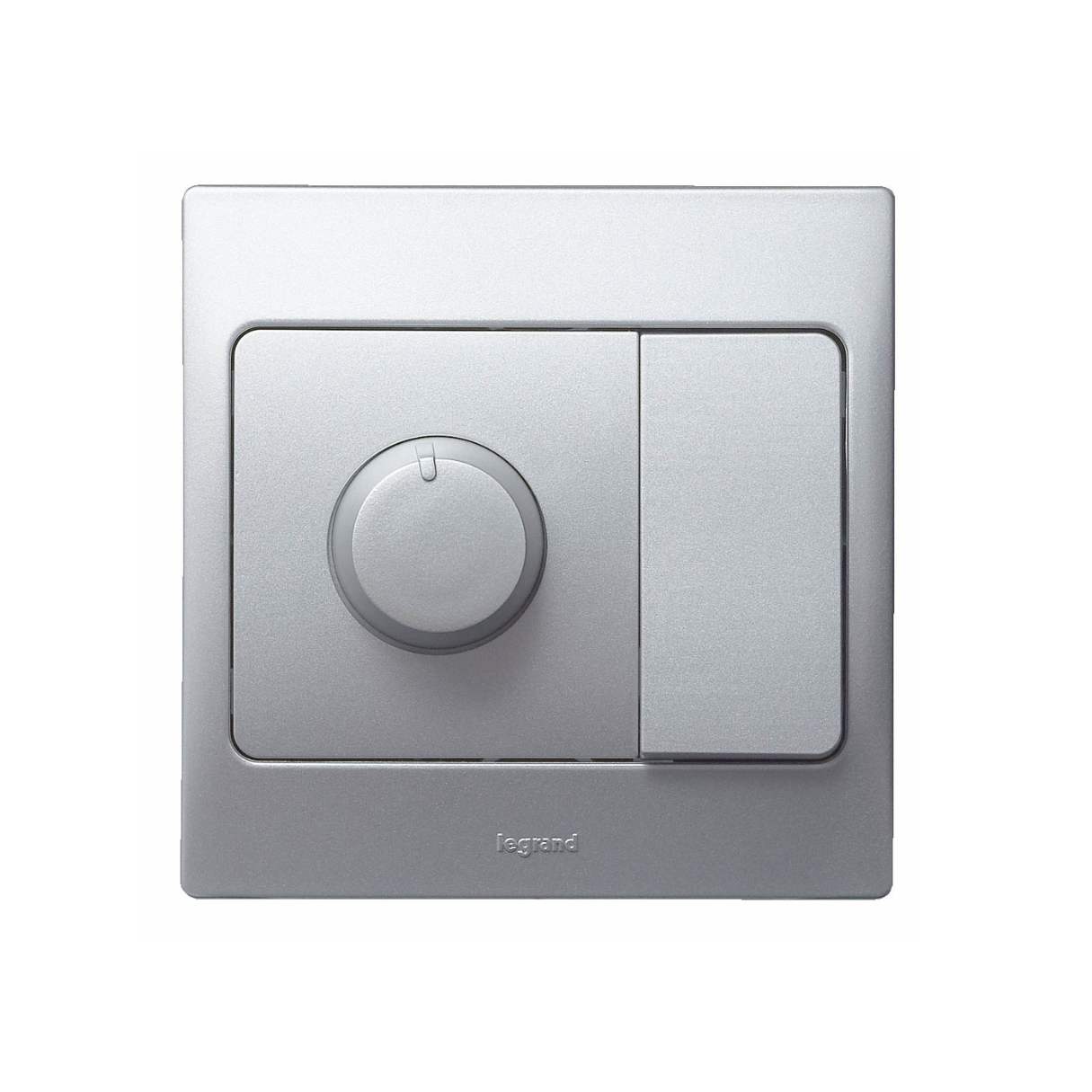
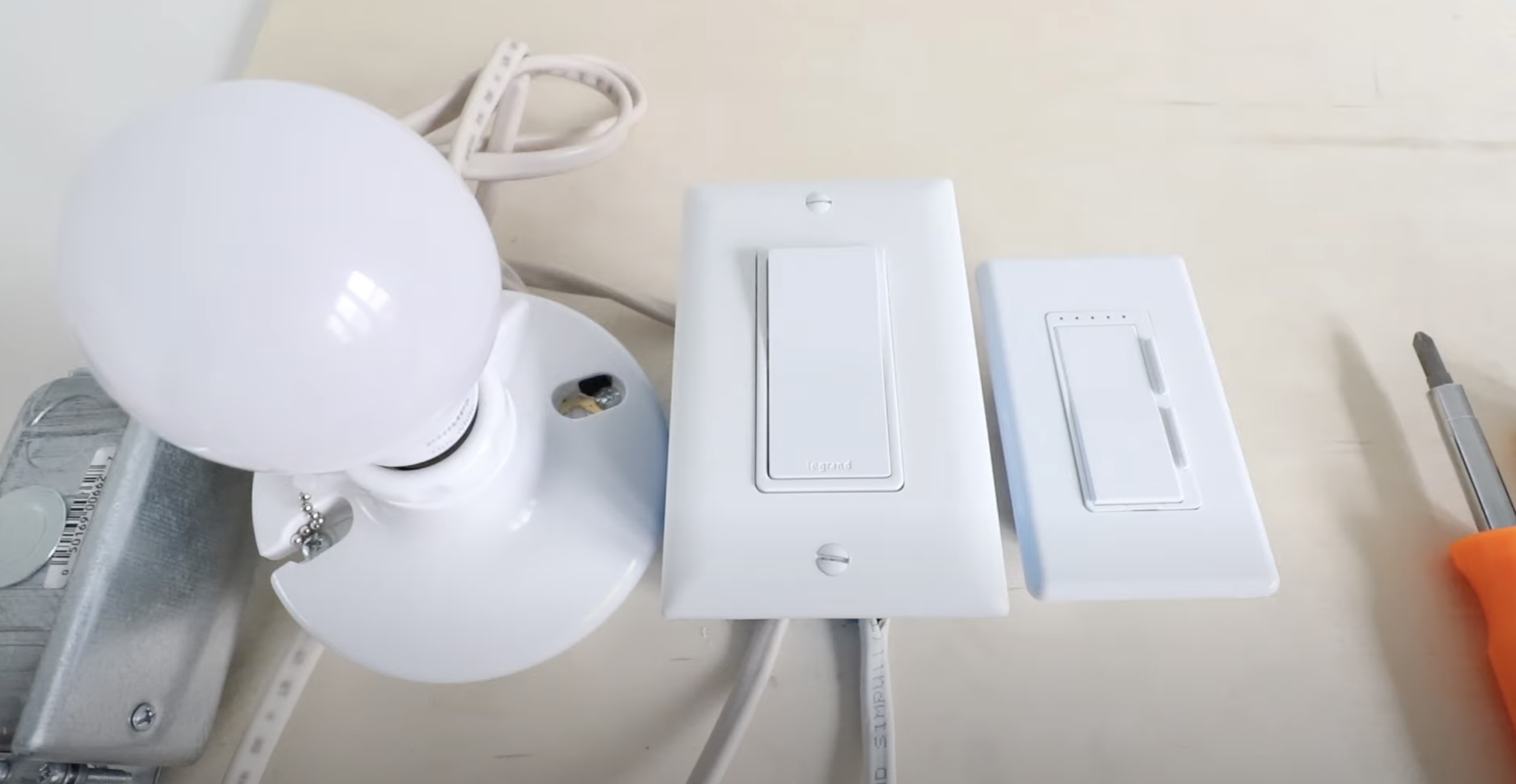

0 thoughts on “What Is A Dimmer Switch”